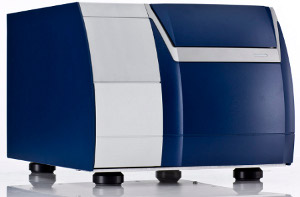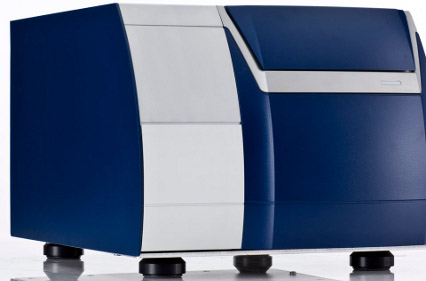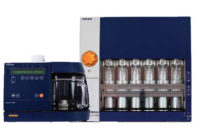By Foss
FOSS announces the NIRS DS2500 dairy analyser, a high performance near infrared (NIR) analyser offering new opportunities to fine-tune production of dairy powder for reduced energy consumption and improved profits.

Accurate analysis results for a range of parameters such as protein, moisture, fat, ash and colour in milk powder in under a minute give quality controllers the information they need to tighten-up the powder process. For instance, just 0.1% less moisture in powder in the drying unit can save producers €50,000 per annum at typical production rates.
The more efficient drying can give comparable savings in electricity usage. Careful monitoring of moisture content in powder as it goes into drying can typically save Euro 24,000 for a 10,000 ton/year production.
The NIRS DS2500 helps to realize such gains with a new design that captures all the latest developments in quality control with NIR, including intuitive usability, instrument standardization and seamless transferability of calibrations from existing NIR solutions and across multiple installed units.
At-line control makes quality a matter of routine
The design ensures stable and highly accurate measurements over time. Anyone can perform the tests. Users just place some sample in the sample cup, push the button and wait a minute for results to appear on screen via the intuitive ISIscan Nova software.
The NIRS DS 2500 has been designed for high performance in the hardest production environments. It is IP65 certified to withstand humidity and dust and can tolerate vibration and fluctuations in temperature.
Everyone measures the same with transferable NIR
It’s easy to get started using the NIRS DS2500. Instruments are pre-calibrated with global artificial neural network (ANN) calibrations based on a comprehensive FOSS database built-up over decades of collaboration with the dairy industry. Calibration data from earlier solutions can be transferred to the new platform using straightforward migration paths without any loss of performance.
Maintaining consistency between instruments and installing additional instrument units is also made simple. Every instrument that leaves the factory is hardware standardized. Important factors such as light intensity, bandwidth and wavelength precision are thoroughly controlled in production to ensure complete consistency between instruments. Built-in measurement standards help to control instrument performance, ensuring that no deviations occur over time. Likewise, multiple instruments can use the same calibrations without any modifications.
Networking software allows units to be monitored and maintained remotely by NIR experts for optimal and consistent measurement performance over time.
Source: Foss
http://www.foss.us/



